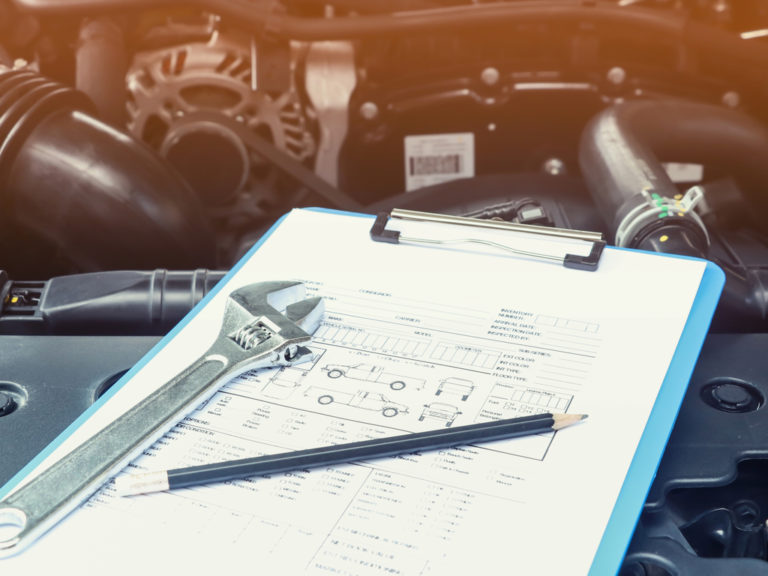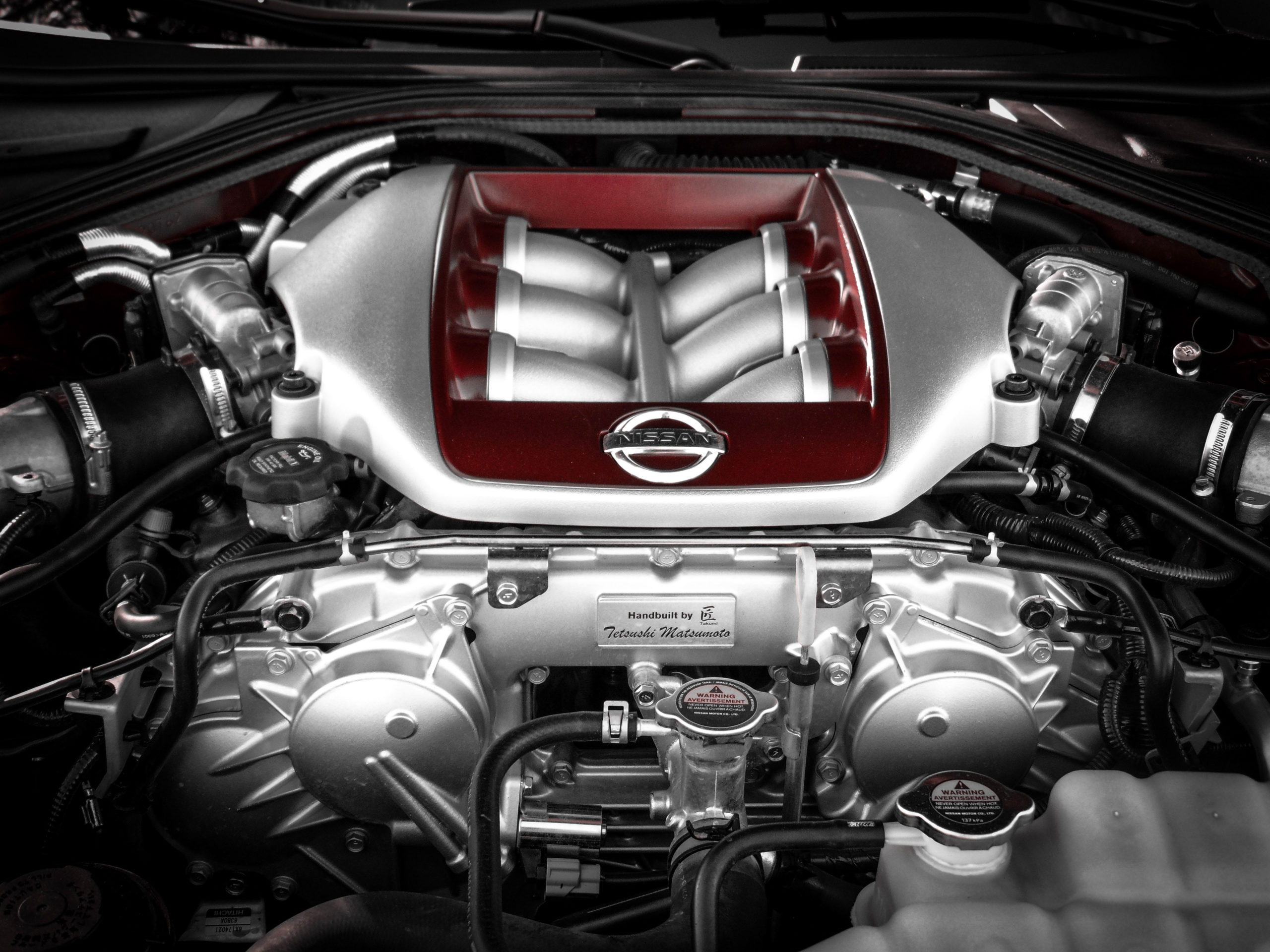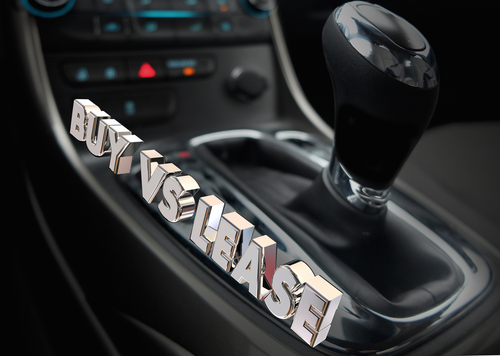If you need to do an MOT check – Car Guide is here to help with its check service!
Our FREE car MOT checker includes:
- Current MOT Status and current MOT expiry date
- Car History, including full MOT history with dates, advisories and any reasons for failure
- Full list of components that are likely to fail or get an advisory on the next MOT – Using machine learning, we have analysed over 700m historical MOT data points to accurately predict what is likely to fail on your car’s next MOT
Free Car Check
Just enter any Car Registration below
Tell us when you’re buying the car so we can show you the most relevant info
What gets tested on an MOT? Get your car ready for your MOT Check!
Firstly, the first MOT is due 3 years from the car registration. After the first 3 years, all vehicles in the UK require an MOT every 12 months.
Typically, the DVLA MOT test will take up to one hour. During the test, the examiner will carry out a number of checks on your car to establish whether it is a) safe for you to drive and b) safe to be on the road.
However, the MOT does not include checks on the engine, gearbox or clutch.
The MOT Test Centre will give you the MOT test results straight away. What’s more, many garages/ service centres offer MOT reminders, so if you are not particularly good remembering dates, this might be a good option to consider.
It is worth keeping a copy of the latest MOT test certificate in case you are thinking to sell the car in the near future.
What are defects?
Defects with the vehicle will be categorised as follows:
- Minor – the item has not caused the vehicle to fail the MOT, however, the problem should be fixed as soon as possible.
- Major – the vehicle has failed the MOT. This issue must be resolved in order for the vehicle to pass. In other words, it’s possible you can still drive it, providing it’s still considered roadworthy – as long as your previous MOT hasn’t expired.
- Dangerous – the vehicle has failed the MOT. This issue must be resolved in order for the vehicle to pass. In other words, the vehicle is not safe to drive, so it must not be driven on the road until the issue has been rectified.
What does an advisory note mean?
As part of the test, you may be issued with ‘MOT advisories’.
These are not mandatory, however, the tester is obliged to tell you if:
- They find a fault that’s not covered by the restrictions of the MOT
- An item is close to falling below the acceptable standards
- They find some other abnormality with the vehicle during the test
Don't ignore advisories!
They may only be advisories, however, it’s important you don’t ignore them just because the car has passed its MOT which is a legal requirement. Resolving advisories promptly will prevent the problem from escalating into a more costly issue.
Furthermore, it’s important to realise that an MOT is only the minimum standard requirement for driving a car safely. Above all, regular maintenance of the vehicle, including resolving its advisories, will ensure the car you are driving is as safe as it can be.
You can use Car Guide’s MOT History Checker to view the car history, including the advisories a vehicle carries, all you need is the number plate/vehicle registration. You can also check if there are any gaps in MOT History.












